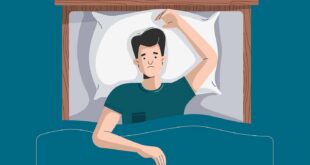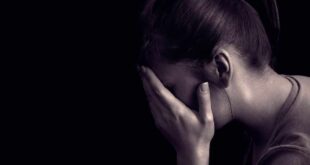Panic disorder.
Panic disorder is diagnosed if your child suffers at least two unexpected panic or anxiety attacks—which means they come on suddenly and for no reason—followed by at least one month of concern over having another attack, losing control, or “going crazy.”
A panic attack includes at least four of the following symptoms:
• Feeling of imminent danger or doom,
• The need to escape,
• Rapid heartbeat,
• Sweating,
• Trembling,
• Shortness of breath or a smothering feeling,
• Feeling of choking,
• Chest pain or discomfort,
• Nausea or abdominal discomfort,
• Dizziness or lightheadedness,
• Sense of things being unreal, depersonalization,
• Fear of losing control or “going crazy”,
• Fear of dying,
• Tingling sensations,
• Chills or hot flushes,
Agoraphobia can develop when children begin to avoid situations and places in which they had a previous panic attack or fear they would be unable to escape if experiencing an attack.
Refusing to go to school is the most common manifestation of agoraphobia in kids.
 Therapy for anxiety Therapy for anxiety
Therapy for anxiety Therapy for anxiety



